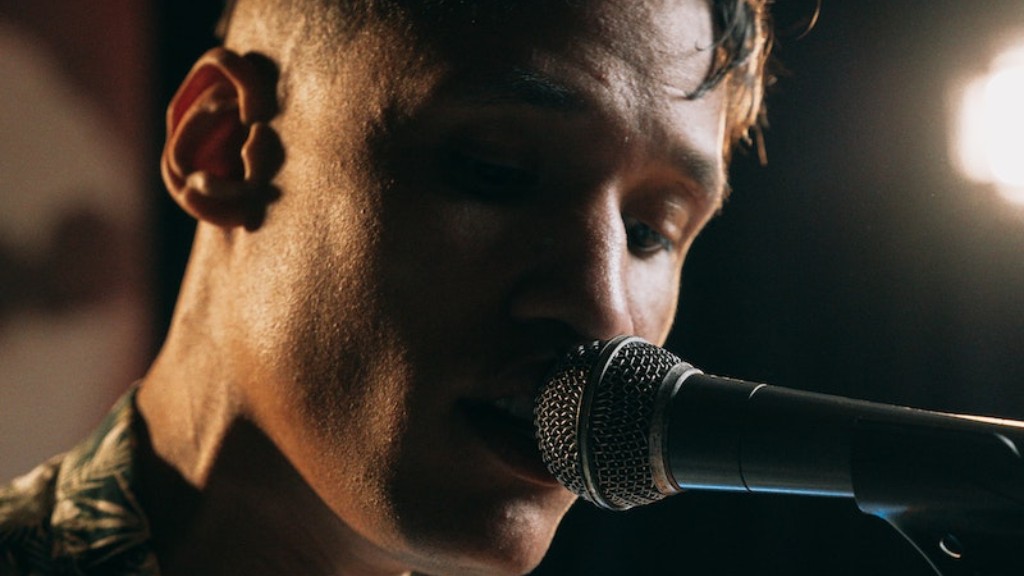How To Draw A Pokémon
Drawing Pokémon is easier than you might think – all you need is to know the key steps. Whether you’re an artist or an aspiring doodler, this guide will take you through the basics of drawing these captivating characters. Ready to begin your journey? Let’s go!
Grab your supplies – all you really need is paper and a pencil, but if you’d like to get fancy, art markers, crayons, and colored pencils can add a bit of extra flair. Sketch lightly – use a 2H pencil to lightly sketch in the shape of your Pokémon. Make sure to keep it light, as you’ll be erasing most of these lines later. Pick your favorite Pokémon – let your creativity flow, and choose your favorite Pokémon to draw. If you’re stuck for inspiration, look through an official Pokémon book for ideas.
Shapes – the key to successful Pokémon drawings is the basic shape. Use a few symmetrical shapes to lay out the ground for your drawing. Squares, triangles, and circles are all great places to start. Start from the top – begin with the head, and work your way down the body to the feet. Other details will come later, but this is a great way to get the basic body shape down. Colors – use colorful art markers, crayons, or colored pencils to add texture and life to your drawing. You can use full colors, or just color outlines. Draw details – once you feel like you have the basic shape down, draw the details. This is a great time to add patterns, stripes, and other subtle design elements.
Smaller elements – finally, add smaller elements such as eyes, mouths, and other nuanced details to give your Pokémon character. Smash the eraser – once you’re done, it’s time to cleanup. Make any final touches, and then lightly erase the pencil lines you made earlier. Voilà – you’re done! Give yourself a pat on the back for a job well done.
Adding Color
Adding color to your Pokémon isn’t as hard as it might seem – all you need is a few basic art supplies, along with some creativity to bring your drawings to life. Here are some essential tips for adding color:
Know your colors – start with a simple base color, such as yellow or blue, as the main color of your Pokémon. Layer other colors on top of this, such as reds, oranges, and purples, to create depth and dimension. Build up in layers – adding layers of color is key when coloring your Pokémon. Start with the lightest colors first, and then progress to medium and dark tones. This will help to bring out depth and detail in your art. Color by shape – rather than adding color to the whole Pokémon, break up your drawing into manageable shapes and color each one individually. This is a great way to make sure you don’t miss any details.
Color theory – use a basic color wheel to help determine which color combinations look best together. Avoid muddy colors – try to keep your color combinations simple, and avoid color mixtures that are too dark or too bright. Details are everything – don’t forget the small details, such as eyes, mouth, and other unique features. Take your time, and make sure to add as much life to your Pokémon as possible.
Backgrounds
Now that you’ve colored your Pokémon, it’s time to give it a world to live in. Drawing a background for your Pokémon can add an extra layer of depth and texture to your art – let your imagination run wild! Here are some tips for creating backgrounds:
Know the context – think about where your Pokémon lives, and use this to help guide your background. Is it a grassy meadow, or a sprawling metropolis? Plan it out – draw a simple map of your background before you start to draw. This will help you plan the layout and structure of your scene. Use color – color can be a great tool for creating atmosphere and feeling in your background – use bright, vivid colors for a cheerful atmosphere, or dark, gloomy shades for a dramatic landscape. Use details – don’t forget the little touch-ups. Try adding small details such as trees, rocks, or a setting sun to give your background depth and character.
Foreground elements – draw elements in the foreground, such as a flagpole or a mountain landscape, to give your environment some depth and dimension. Have fun – remember, you are the artist! This is your chance to let your creativity flourish, so don’t be afraid to experiment and go wild. If you don’t like it, you can always try again!
Face Up Sculpture
Once your drawing is finished, why not take it up a notch with some facial expression? Adding facial expressions to your Pokémon can bring an extra level of emotion and expression to your art – unleash your inner artist and start sculpting! Here’s how to bring your Pokémon to life:
Know the emotion – think about what emotion you want your Pokémon to showcase. Is it fear, anger, surprise, or joy? Pick a face shape – the basic shapes for the eyes and mouth can help determine the emotion you’re trying to convey. Pointed eyes and a triangle-shaped mouth can suggest anger, while round eyes and a smile can convey a sense of joy. Color – use bright, vibrant colors to make your Pokémon’s face really pop. Remember – use your eraser to adjust as you go along. Add texture – small details, such as fur or scales, can really add a lot of character to your Pokémon. Check your progress – take a few steps back and look at your drawing to make sure it looks just the way you want it. Make any adjustments as needed, and your Pokémon will be ready to come to life!

